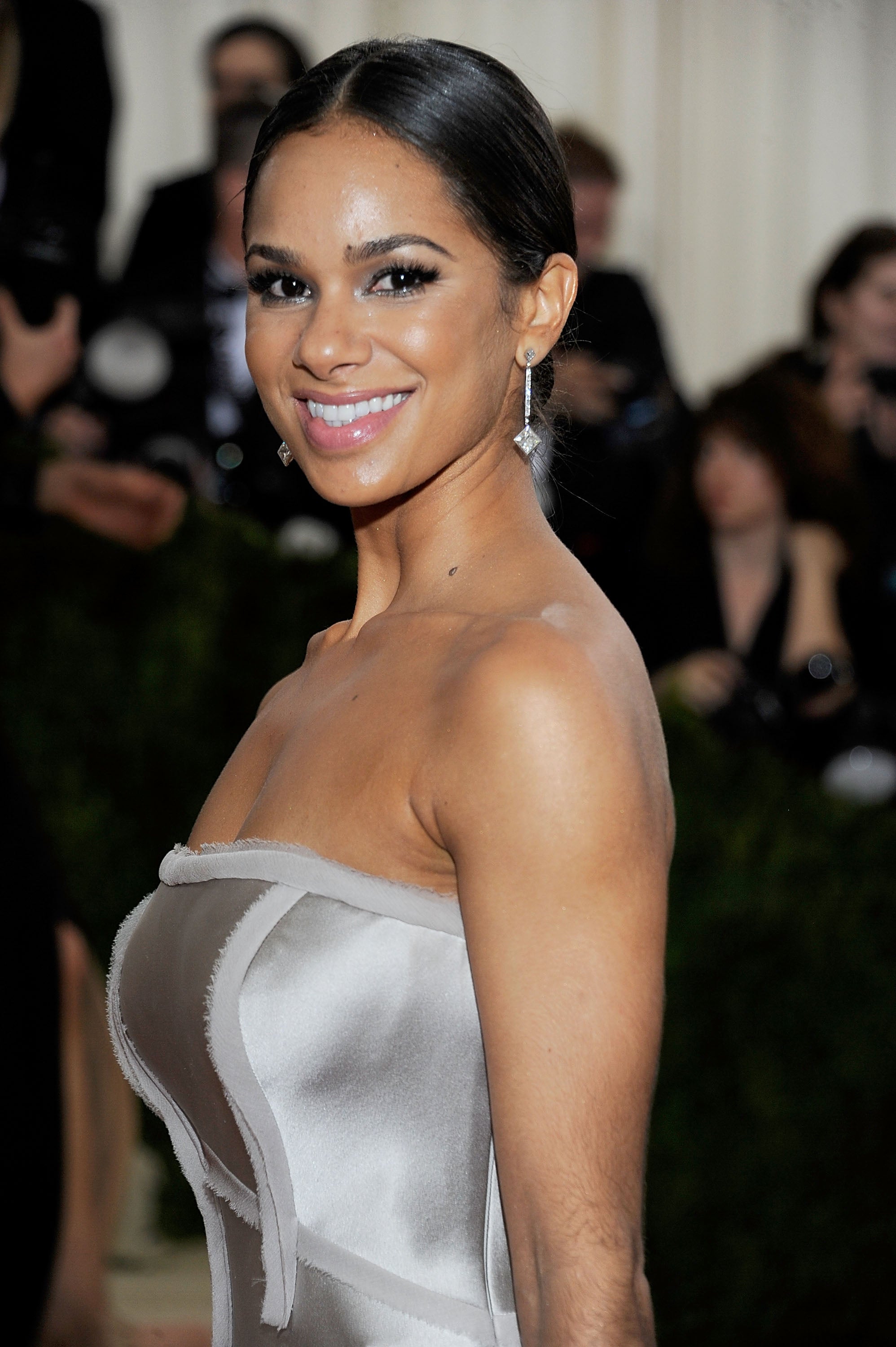
In 2015, Misty Copeland made history when she became a principal dancer at the American Ballet Theatre, making her the first Black woman in the company’s history to assume the role. Since then, she has continued to advocate for dancers of color. However, in a recent interview, the iconic ballerina said the dance world still isn’t particularly welcoming to Black women and girls.
“The ballet world doesn’t really celebrate or have women of color,” Copeland told CNN’s Poppy Harlow during the latest episode of “Boss Files.”
Though she’s one of the most prominent dancers in the world today, Copeland’s rise through the ranks was an improbable one. Copeland took up dance at 13, which is relatively late for a serious ballerina. Still, she continued to soar, despite not always being welcomed by the industry.
“There’s not a day that goes by that I feel like this is normal — or that this should’ve happened for me,” Copeland said, reminiscing about her trajectory. In spite of her talent, the dancer said she was constantly told she was not a good fit for ballet.
“I have a body that a lot of white dancers have and there are white ballerinas that are principal dancers that have larger chests than me and bigger muscles and broader shoulders and they are not told they don’t belong,” she said, explaining young Black girls are still made to feel like outsiders. “At 7 years old being a Black girl in their school and being told by their teachers ‘you don’t belong here, your skin is the wrong color, your feet are too flat … we can’t work with your hair.'”
Copeland, who advocates for the dance world to become more inclusive said that the current culture has kept many young Black girls out.
“How many amazing artists have we missed out on because they weren’t given support and an opportunity? So I feel like I want to be the voice of so many that didn’t have what I have,” she said.
Copeland isn’t just all talk either. She regularly mentors dancers of color and participates in Project Plié, an initiative by the American Ballet Theatre to cultivate and support diverse young dancers.
“I think that’s my purpose,” she told Harlow, “to bring people in, to make them feel that they belong.”
